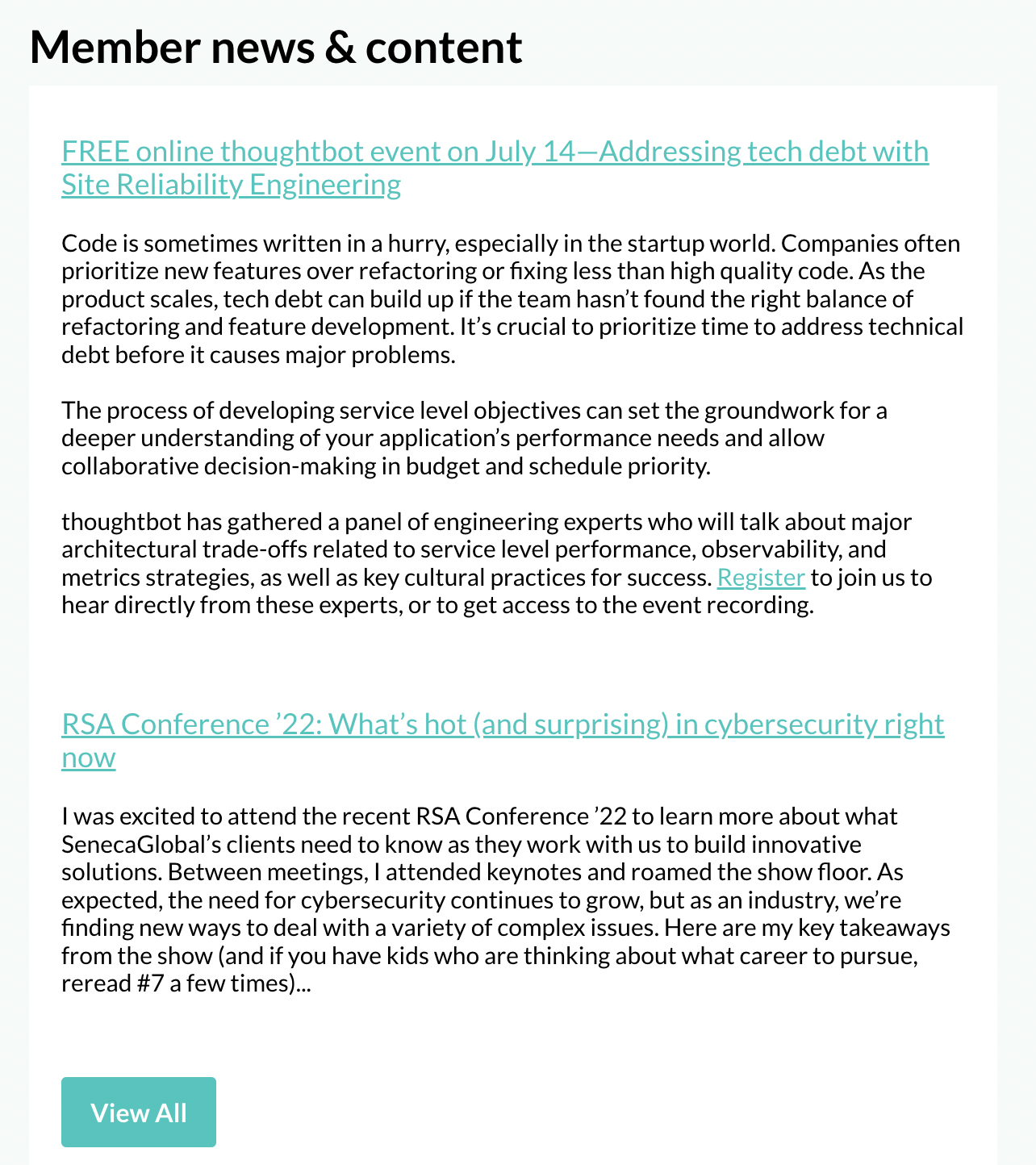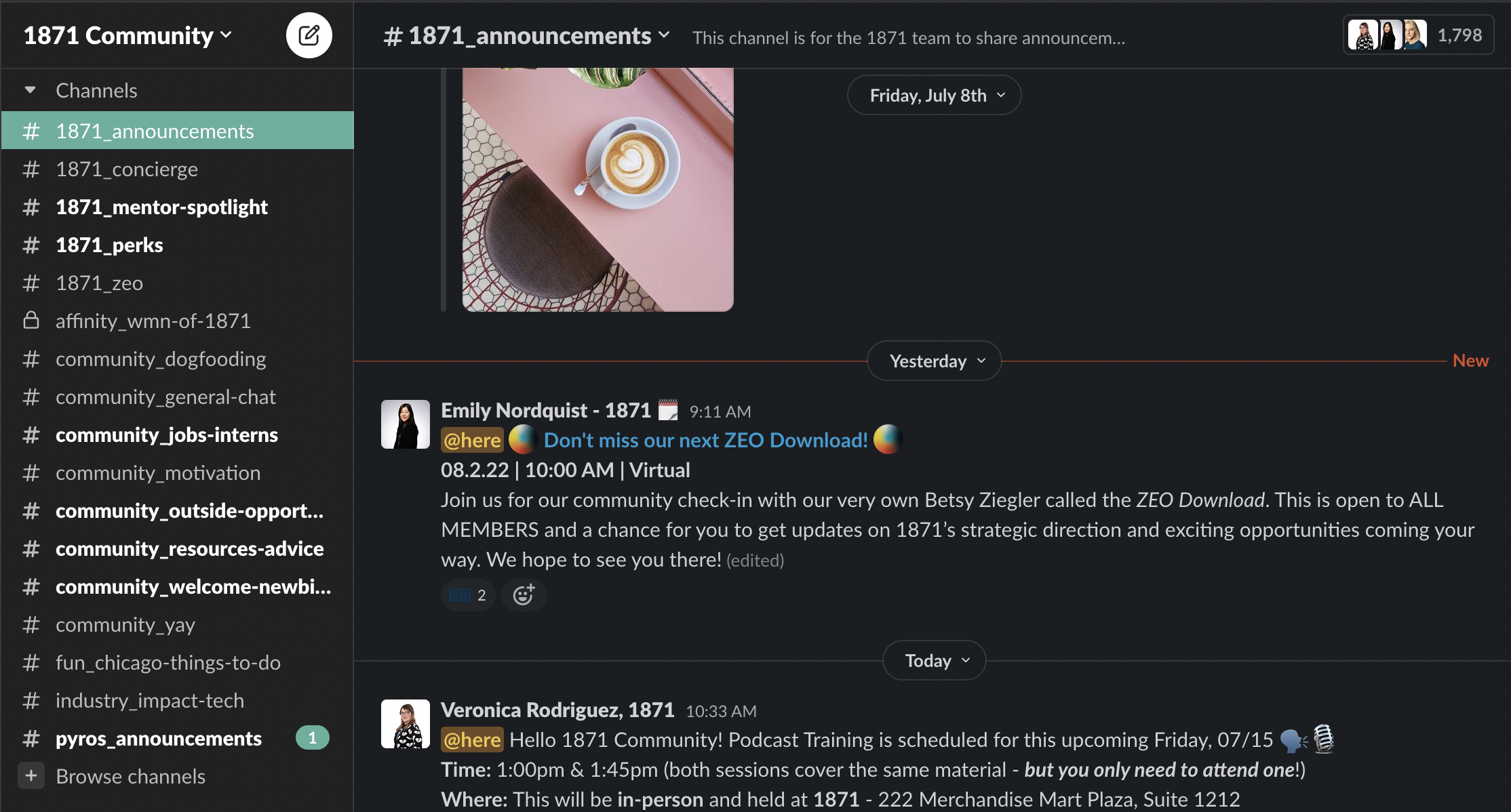Is executing an ROI-positive eCommerce marketing strategy an excruciating task?
You’re not naive. You know you have to put up your Shopify Plus website, write an advertisement, or pound the pavement to drum up sales or you won’t have enough money to turn the lights on.
However, the idea of employing promotional tactics to drive traffic to your eCommerce site, convert that traffic into a high-paying client, and retain those clients post-purchase makes your skin crawl.
No matter how good your eCommerce store is, you can’t help being worried:
- If you start a campaign to drive brand awareness, will you generate enough traction?
- If you want to drive more sales, will your eCommerce marketing tactics stack up?
- If you have discounts and offers, how do you use them to boost your eCommerce marketing efforts?
It can be challenging, but some tips can help nearly all eCommerce marketers draft a marketing strategy.
Let’s take a look at five of them.
#1. Tap Into Search Engine Marketing
The search engine is integral in boosting the eCommerce conversion rate. Statistics say that:
- 44.0% of buyers start their online shopping with a Google search (nChannel)
- 37.5% of all traffic to eCommerce sites come from the search engine (SEMrush)
- 23.6% of eCommerce orders come directly from the organic search result (Business Insider)
Search engine’s eCommerce marketing strategies start with search engine optimization (SEO).
When creating product descriptions and overviews, it’s critical they be as informative as possible to help your target buyers make informed decisions.
More importantly, optimize the product descriptions and overviews around product-driven keywords that include the product’s name. Doing this ensures that search engines can present your online store in front of potential buyers whenever they search for target keywords.
For instance, if you sell cars in bulk, Google will likely send you traffic for the search term wholesale cars if you include the term on your page.
Optimize your page titles, headers, and alt texts around the right keyword so that search engines can rank your online store for the correct queries.
On the other hand, SEM might involve creating Google Ads campaigns—PPC campaigns, banner ads, display campaigns, or product-specific ads campaigns that allow you to pay for the top spot on search engine results.
The best part?
PPC guarantees that potential buyers will see a link to your page when they enter a term that matches the one of your campaigns.
The problem?
You’ll pay Google every time a person clicks on your result. However, PPC pays off because it puts your product right in front of qualified leads.
#2. Do Email Marketing for Your Online Store
Email campaigns are among the oldest forms of digital advertising but hold incredible value in eCommerce marketing.
What makes email marketing an excellent choice is automation.
You can set a successful drip campaign to segment subscribers by interest or stages in the buyer’s journey and let your email do the marketing.
Email marketing is effective for an eCommerce business in two ways.
Post-Purchase Follow Up for an eCommerce Business
A few days after delivering the product, email the buyer (who agreed to receive an email from you in the check-out process). The post-purchase follow-up presents an opportunity to:
- Gauge buyer’s interest in your product line
- Shows your client that you care beyond sales
- Express your company’s interest in customers success using your product
- Build relationships and a possibility for repeat purchases
Abandoned Shopping Cart Follow Up
Buyers abandon their shopping carts for several reasons. Emailing owners of abandoned shopping carts can help you diagnose the problem and retain the buyer.
Suppose a website visitor abandons their shopping cart, you can send a polite email reminding them to complete the checkout process. Offer assistance, or recommend other related products to troubleshoot the shopping cart abandonment problem.
Other eCommerce marketing strategies using email include:
- Newsletter campaign
- Promotional offers
- Up-sell and cross-sell
- Customer loyalty program and re-engagement
#3. Integrate Social Media Marketing
LinkedIn is the best social media platform to execute an eCommerce marketing plan for B2B eCommerce. Most business-to-business buyers prefer using LinkedIn more than Facebook for work purposes because:
- B2B buyer journey entails decision-making committees rather than individuals
- Customer relationship is more complex and more relationship-based
- The stakes are always high
You can use this fact to your advantage to boost your eCommerce sales. But with what marketing strategy specifically?
Create Educational Content on LinkedIn
The world today is a self-serve arena. Buyers are seeking specific information to make informed decisions.
If the content they discover and consume comes from you, they’ll most likely want to do business with you. Be the company in your market most committed to providing helpful information for free.
Nurture Potential Customers Using LinkedIn Ads
While LinkedIn Ads aren’t as eCommerce-focused as Google Shopping Ads, its secret weapon lies in its audience-targeting tool. With LinkedIn Ads, you can directly target buyers of your product and increase your online sales.
This targeting option entails:
- Job title and functions
- Specific companies and industries
- Website visitor
However, avoid direct selling at first. Instead, target to build relationships with the target audience first.
That said, Facebook is a big player in the social media world, and eCommerce businesses can’t ignore it. It’s critical, especially when creating awareness of a new product.
On the flip side, Twitter presents different eCommerce marketing channels. For instance, it allows you to:
- Find and engage with influencers
- Get noticed by prospects
- Better understand your audience
- Build brand awareness and loyalty
- Answer questions people are asking
- Show your eCommerce personality
- Show expertise
Twitter doesn’t lend itself to long reads, but quick, interactive content can make a successful eCommerce store.
#4. Execute eCommerce Advertising
Advertising is the practice of placing paid content on online or offline properties.
Online properties entail websites, social media platforms, search engines, podcasts, newsletters, and others like instant messaging. Advertising online for eCommerce websites entails:
- Google display ads (are effective in developing awareness but ineffective for direct response campaigns because they get extremely low CTR (click-through rate) of 0.05%)
- LinkedIn, Twitter, and Facebook Ads (best when expanding your reach)
- Google Adwords (Excellent in presenting your online shop in front of buyers when searching the product your business offer)
- Google Shopping campaign (It’s like Google Ads but with more visual appeal. It’s the best way to present inventory to users when searching for a product on Google)
On the other hand, offline properties entail traditional media like TV spots, radio commercials, and out-of-home advertising, such as billboards and direct mail.
The key to advertising as an eCommerce strategy is personalization. Strive to meet customer expectations with precise targeting at every stage of the marketing channel. Dig deep into your customer’s needs through data collection, then segment them depending on their needs. Above all, migrate to B2B Ecommerce platforms like Shopify Plus.
#5. Start Local Marketing
Brick-and-mortar B2B businesses aren’t the only ones who can jump into the local market. eCommerce stores can also take a local approach to increase eCommerce revenue.
First, you need to know what local means to your business. Identify locations where you have large concentrations of customers and run promotions in that area. It might be a state, a country, or a continent.
Then, identify the particular product the buyers consume and other spending behavior indicators.
Next, consider local events or seasons to time the promotion appropriately.
If you have one or more warehouses in the area, you can consider the promotion of discounted, expedited, or free shipping to the customers in the vicinity. This will be easier for your eCommerce marketing agency or team to execute without extra costs.
Should You Hire an eCommerce Marketing Agency?
As your company outlines its potential growth strategy, one inevitable question arises—should you hire an agency?
There isn’t one correct answer because it’s a question of circumstances. However, hiring a digital marketing agency is an excellent choice for any company because you leverage:
- Highly specialized experience (that transform innovative ideas into commercial success through success)
- Offer a wider set of services often needed to produce results (like omnichannel marketing combining digital channels, product listing feeds, marketplaces, or offline channels)
- Process and proven track record of delivering results (from the discovery of your market position and value proposition to strategy and design)
That’s our work at Pivofy. We’ve taken dozens of eCommerce businesses to new heights. From different industries. And we’ll do it for you.
Let’s build the future of your business together—contact us today.
Join as an 1871 Early Stage Member.
Attend info sessionSubscribe to our ICYMI newsletter.
Share this post:



